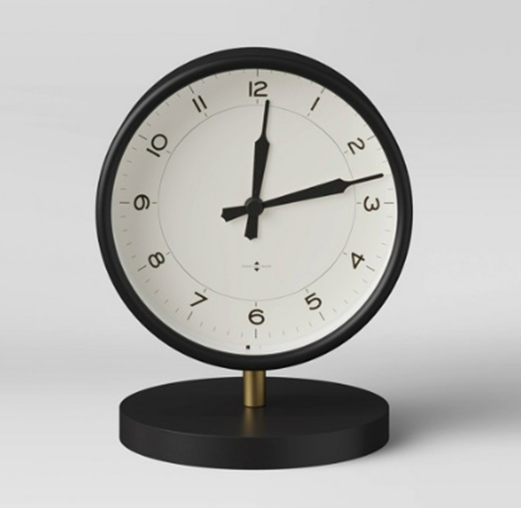Written By: Karen Hogan-Curran, PT, DPT
 The APTA came out with an updated Clinical Practice Guideline for Unilateral vestibular hypofunction in 2022. Among the many recommendations mentioned, HEP recommendation was updated.
The APTA came out with an updated Clinical Practice Guideline for Unilateral vestibular hypofunction in 2022. Among the many recommendations mentioned, HEP recommendation was updated.
With so much research out there, it’s difficult to keep up! Luckily Dr. Courtney Hall and other hardworking APTA members took on the challenging task of breaking down all that research and summarized it in the CPG for Unilateral vestibular Hypofunction. While many therapists treating vestibular patients have been using techniques outlined in the CPG for years, there are several notable additions to the CPG based on research.
One notable recommendation is that earlier therapy tends to lead to better outcomes and better DHI scores. Therapy within the first 2 WEEKS leads to the best outcome. Vestibular therapy tends to be even more important for those patients over 50 years old. Movement should begin as early as possible in the acute setting.
Exercise dosage for vestibular rehab for hypofunction has been updated and includes the recommendation to perform:
- For acute (within 2 weeks) and subacute:
- Exercises at least 12 minutes a day
- Targets at 1 meter (3 feet) and 3 meters (approx. 10 feet)
- Progress from plain to varied background like a checkerboard
- For chronic:
- Exercises at least 20 minutes a day
- Targets at 1 meter and 3 meters
- Progress from plain to conflicting background like a checkerboard
TIME spent doing exercise is the most important variable.
INTENSITY while performing VOR is also very important:
- Increase speed
- Decrease font size
- Challenge balance
- Change foot position
- Compliant surfaces
- Add head movements
- Use busy visual stimuli
- Add cognitive dual tasks
- Layer the exercises one on the other!
- The patient should be working HARD to keep the target in focus!
Having the patient ambulate outside or on uneven surfaces increases the difficulty and adds functional complexity to the task / exercise.
Interested in learning more on assessing, identifying, and treating a range of vestibular disorders? Join me in Franklin, TN or via live stream for my upcoming continuing education course on May 19th, Vestibular Rehab & Balance Training. This interactive workshop will cover the anatomy, physiology and function of the vestibular system and the vestibular system’s important role in balance and mobility. It isdesigned to give therapists and clinicians essential information needed to assess and treat uncomplicated vestibular dysfunction as well as incidence, diagnosis, and treatment of balance-related disorders. I hope to see you there!
Visit summit-education.com for more information.
References:
Hall, Courtney D et al. “Vestibular Rehabilitation for Peripheral Vestibular Hypofunction: An Updated Clinical Practice Guideline From the Academy of Neurologic Physical Therapy of the American Physical Therapy Association.” Journal of neurologic physical therapy : JNPT 46,2 (2022): 118-177. doi:10.1097/NPT.0000000000000382

